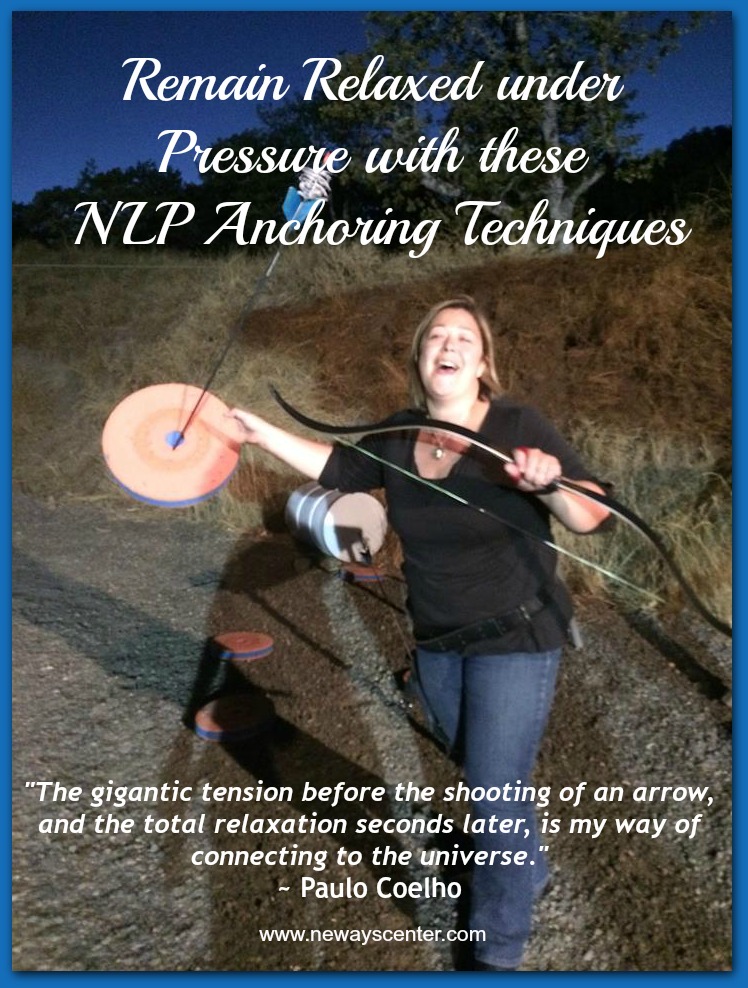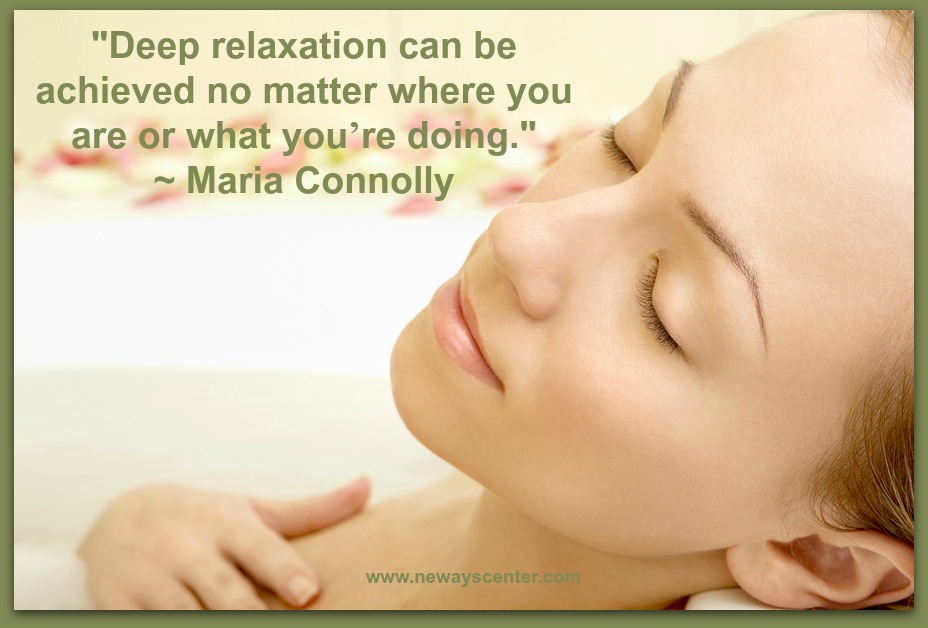Feeling Trapped in Life? Master Your Inner Game to Free Yourself
 “There is always an inner game being played in your mind no matter what outer game you are playing. How aware you are of this game can make the difference between success and failure in the outer game.” ~ Tim Gallwey
“There is always an inner game being played in your mind no matter what outer game you are playing. How aware you are of this game can make the difference between success and failure in the outer game.” ~ Tim Gallwey
Do any of the following statements describe how you’re feeling right now?
- I’m feeling stuck in a rut.
- I feel trapped in my job.
- I’m feeling trapped in a relationship.
- No matter how hard I try nothing seems to go right.
- I used to be really good at this, but now I just can’t make it work, so I end up trying too hard and second-guessing myself.
- My fear of failure makes me default to “I can’t” before I even try.
- I thought I was over that, but it keeps resurfacing again and again to gnaw at me.
The good news is…YOU don’t have to stay feeling trapped in life. You CAN free yourself from these negative mindsets and limiting beliefs. And while it does take some effort, it really isn’t that hard. Especially when you realize you already have the skills, you just need to make the connection between your two selves.
What do I mean by saying you need to connect your two selves in order to free yourself from feeling trapped in life?
Along my personal and professional journey, I discovered a book that helped me transform my inner environment to one that is more nurturing, supportive and all in all more conducive to learning and growing. It’s The Inner Game of Tennis: The Classic Guide to the Mental Side of Peak Performance. The core message of the book is that in tennis like anywhere else in life we usually play two games, an outer game with our opponent (self 1 – some people describe it as the body, which acts), and an inner game with ourselves (self 2 – some people describe it as the mind, which instructs).
We get into trouble when Self 2 (the mind) tries to tell Self 1 (the body) how to do something the latter already knows how to do. This disconnect spirals into second guessing yourself, trying too hard and feeling like a failure (In my opinion, the only failure is giving up. Nothing else is a failure. It’s simply a life lesson).
For example, when you learn to play tennis, your instructor tells you to “keep the eye on the ball” and your brain instinctively positions your arm and moderates your stroke speed to lob the ball back over the net. Later you forget this advice and start missing, so you think your form is off. To compensate, you swing harder or hold the racket differently, and it just makes it worse. Whereas, if you would go back to keeping your eye on the ball and let the brain do its thing, you’ll be better than ever.
We must quiet Self 1 (the body) and let Self 2 (the mind) do what it knows how to do. The best way to quiet the mind is not to tell it to shut up or force it or criticize it. What works best is learning to focus it. Focus means mindfully paying attention to only the aspects of a situation that are necessary to accomplish the task at hand. This requires that you become an observer of your own behavior.
There are four important steps to connecting your two selves:
Step 1: Observe in a non-judgmental way, simply seeing the situation as it is, rather than judging it to be good or bad. Being judgmental only leads to self-doubt and anxiety.
Step 2: Visualize your desired outcome.
Step 3: Trust yourself.
Step 4: Observe the outcome and results in a non-judgmental way. It’s neither right nor wrong. You did your best at this point and time, and that’s good enough.
Learn to be aware of your feelings and your body’s responses so you can overcome the self-doubt, nervousness, anxiety and lapses of concentration that keep you from performing at your best. Master athletes and business professionals know that they can’t win the outer game if they lose the inner one. They know the value of having someone coach them as they Master the Inner Game. If you’re ready to make the commitment to a richer experience in life, please contact me. I would love to partner with you as you learn to get out of your own way to let your best game emerge.




